As a principal architect at Trend Micro, focused on AWS, I get all the ‘challenging’ customer projects. Recently a neat use case has popped up with multiple customers and I found it interesting enough to share (hopefully you readers will agree).
The original question came as a result of queries about Deep Security’s SIEM output via syslog and how best to do an integration with Sumo Logic. Sumo has a ton of great guidance for getting a local collector installed and syslog piped through, but I was really hoping for something: a little less heavy at install time; a little more encrypted leaving the Deep Security Manager (DSM); and a LOT more centralized.
I’d skimmed an article recently about Sumo’s hosted HTTP collector which made me wonder – could I leverage Deep Security’s SNS event forwarding along with Sumo’s hosted collector configuration to get Events from Deep Security -> SNS -> Sumo?
With Deep Security SNS events sending well formatted json, could I get natural language query in Sumo Logic search without defining fields or parsing text? This would be a pretty short post if the answers were no… so let’s see how it’s done.
Step 1: Create an AWS IAM account
This account will be allowed to submit to the SNS topic (but have no other rights or role assigned in AWS).
NOTE: Grab the access and secret keys during creation as you’ll need to provide to Deep Security (DSM) later. You’ll also need the ARN of the user to give to the SNS Topic. (I’m going to guess everyone who got past the first paragraph without falling into an acronym coma has seen the IAM console so I’ll omit the usual screenshots.)
Step 2: Create the Sumo Logic Hosted HTTP Collector. Go to Manage-> Collection then “Add Collector”.
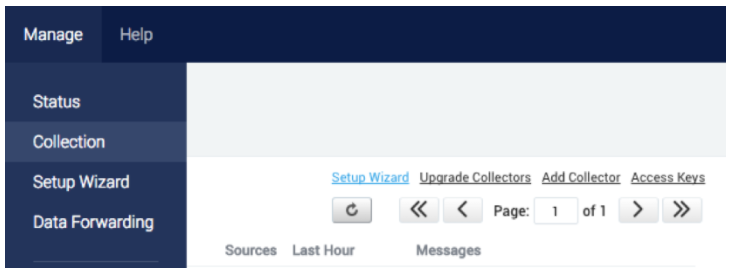
Choose a Hosted Collector and pick some descriptive labels.
NOTE: Make note of the Category for later
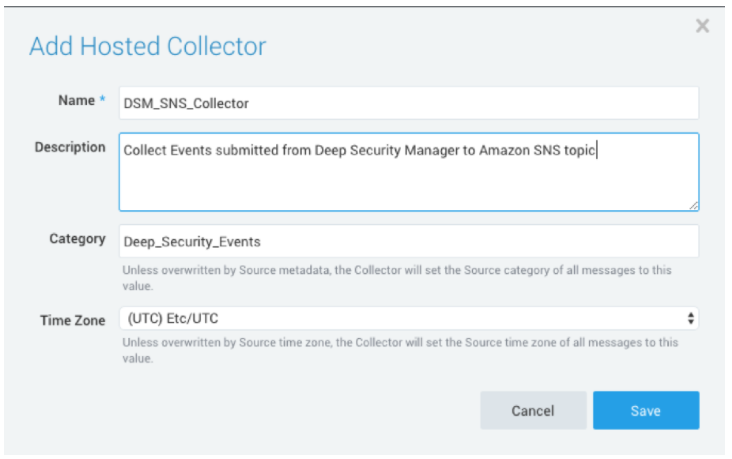
Pick some useful labels again, and make note of the Source Category for the Collector (or DataSource if you choose to override the collector value). We’ll need that in a little while.
Tip
When configuring the DataSource, most defaults are fine except for one: Enable Multiline Processing in default configuration will split each key:value from the SNS subscription into its own message. We’ll want to keep those together for parsing later, so have the DataSource use a boundary expression to detect message beginning and end, using this string (without the quotes) for the expression: (\{)(\})
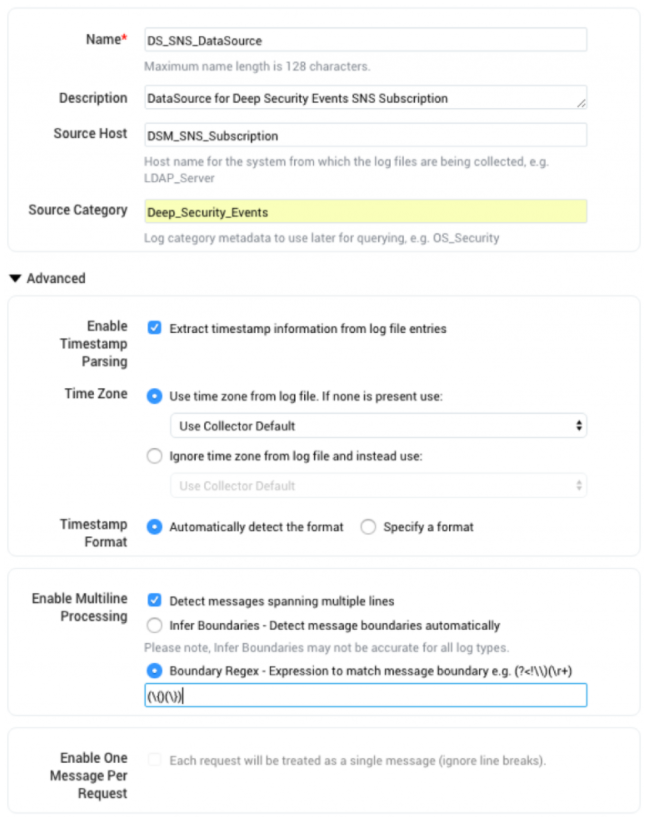
Then grab the URL provided by the Sumo console for this collector, which we’ll plug into the SNS subscription shortly.
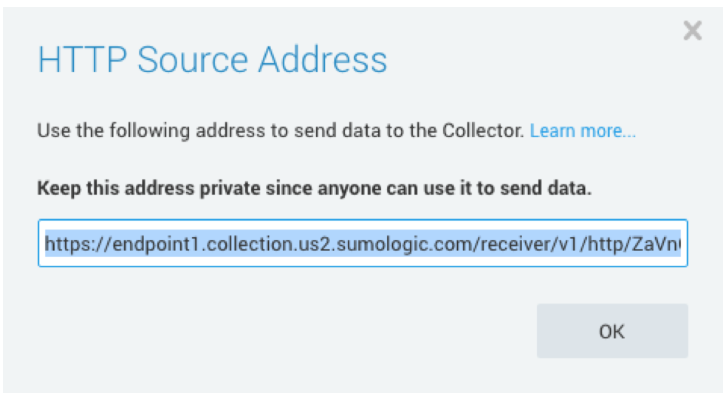
Step 3: Create the SNS topic.
Give it a name and grab the Topic ARN
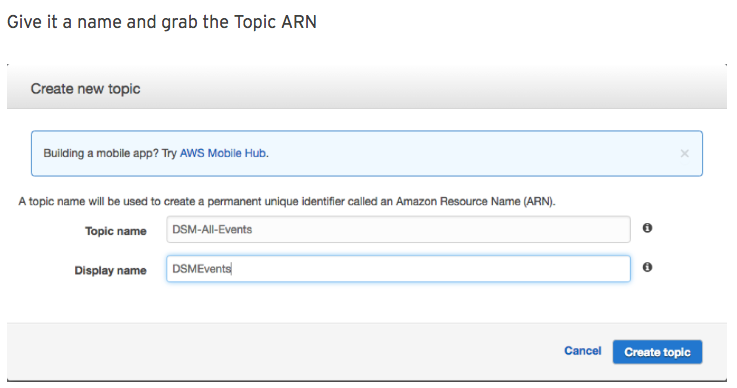
Personally I like to put some sanity around who can submit to the topic. Hit “Other Topic Actions” then “Edit topic policy”, and enter the ARN we captured for the new users above as the only AWS user allowed to publish messages to the topic.
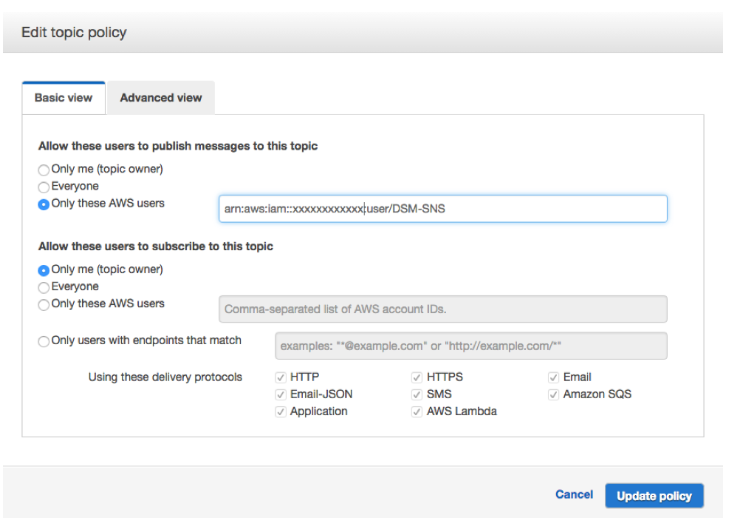
Step 4: Create the subscription for the HTTP collector.
Select type HTTPS for the protocol, and enter the endpoint shown by the Sumo Console.
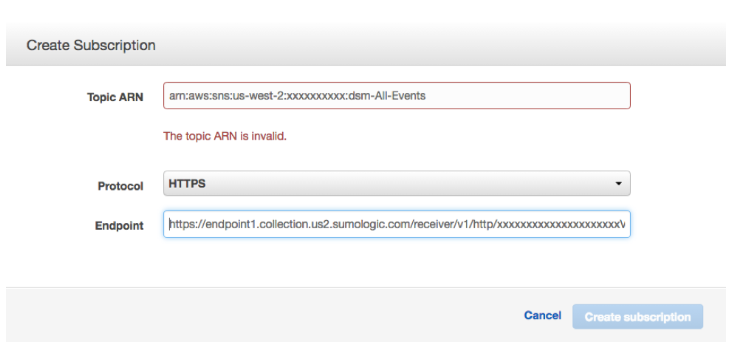
Step 5: Go to search page in the Sumo Console and check for events from our new _sourceCategory:

And click the URL in the “SubscribeURL” field to confirm the subscription.

Step 6: Configure the Deep Security Manager to send events to the topic
Now that we’ve got Sumo configured to accept messages from our SNS topic, the last step will be to configure the Deep Security Manager to send events to the topic.
Log in to your Deep Security console and head to Administration -> System Settings -> Event Forwarding. Check the box for “Publish Events to Amazon Simple Notification Service and enter the Access and Secret key for the user we created with permission to submit to the topic then paste in the topic ARN and save.

You’ll find quickly that we have a whole ton of data from SNS in each message that we really don’t need associated with our Deep Security events. So let’s put together a base query that will get us the Deep Security event fields directly accessible from our search box:
_sourceCategory=Deep_Security_Events | parse “*” as jsonobject | json field=jsonobject “Message” as DSM_Log | json auto field=DSM_Log
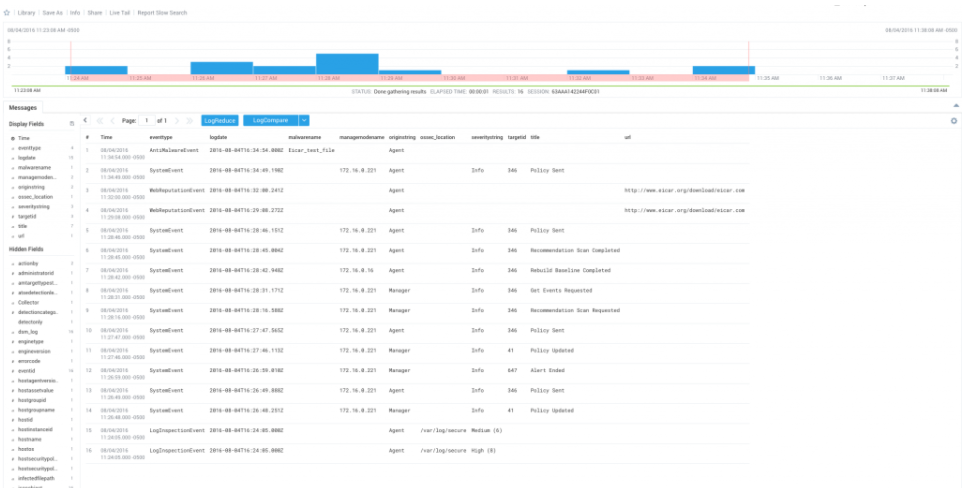
Much better. Thanks to Sumo Logic’s auto json parsing, we’ll now have access to directly filter any field included in a Deep Security event.
Let your event management begin!
Ping us on if you have any feedback or questions on this blog… And let us know what kind of dashboards your ops & secops teams are using this for!
A big thanks to Saif Chaudhry, Principle Architect at Trend Micro who wrote this blog.


